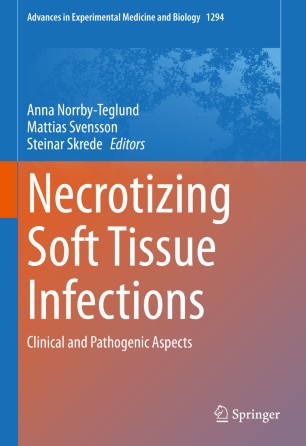

Most ebook files are in PDF format, so you can easily read them using various software such as Foxit Reader or directly on the Google Chrome browser.
Some ebook files are released by publishers in other formats such as .awz, .mobi, .epub, .fb2, etc. You may need to install specific software to read these formats on mobile/PC, such as Calibre.
Please read the tutorial at this link: https://ebookbell.com/faq
We offer FREE conversion to the popular formats you request; however, this may take some time. Therefore, right after payment, please email us, and we will try to provide the service as quickly as possible.
For some exceptional file formats or broken links (if any), please refrain from opening any disputes. Instead, email us first, and we will try to assist within a maximum of 6 hours.
EbookBell Team

0.0
0 reviewsThis volume aims to enhance the current understanding of clinical features, treatment and pathogenic aspects in necrotizing soft tissue infections. Various representative case studies are discussed to enhance the readers’ understanding of these complex diseases. Necrotizing soft tissue infections are rapidly spreading infections that may cause extensive soft tissue or limb loss, multiorgan failure and are associated with a considerable fatality rate. It is undisputed that rapid diagnosis and prompt intervention is directly related to survival. The initial presentation may be limited to unspecific symptoms such as tenderness, swelling, erythema and pain. Thus, diagnosis and management are challenging due to heterogeneity in clinical presentation, in co-morbidities, in microbiological aetiology, as well as in the pathogenic mechanisms. An international and multidisciplinary consortium, INFECT, has for the last 6 years been pursuing research aimed to advance the understanding of the clinical and pathogenic aspects of these infections. A central part has been to create a comprehensive clinical registry and associated biobank which have also formed the basis for the experimental studies. Using the INFECT patient cohort, as well as an integrated systems biology approach in patients and clinically relevant experimental models, an advanced insight of diagnostic features, causative microbial agents, treatment strategies, and pathogenic mechanisms (host and bacterial disease traits and their underlying interaction network) has been obtained.